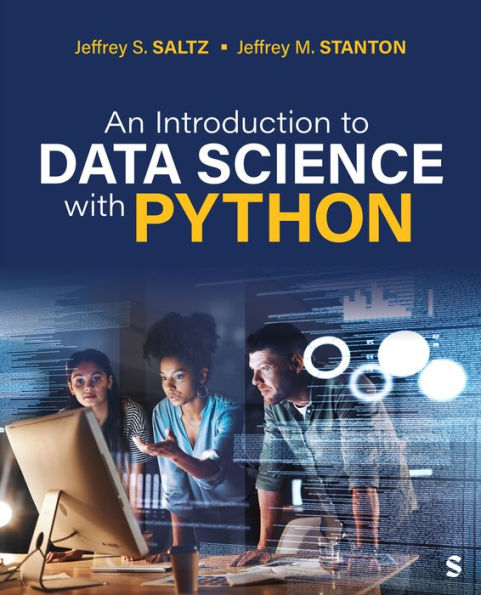Jeffrey S. Saltz is an Associate Professor at Syracuse University in the School of Information Studies and Director of the school's Master's of Science program in Applied Data Science. His research and teaching focus on helping organizations leverage information technology and data for competitive advantage. Specifically, his current research focuses on the socio-technical aspects of data science projects, such as how to coordinate and manage data science teams. In order to stay connected to the “real world”, Dr. Saltz consults with clients ranging from professional football teams to Fortune 500 organizations. Prior to becoming a professor, Dr. Saltz's two decades of industry experience focused on leveraging emerging technologies and data analytics to deliver innovative business solutions. In his last corporate role, at JPMorgan Chase, he reported to the firm's Chief Information Officer and drove technology innovation across the organization. Jeff also held several other key technology management positions at the company, including CTO and Chief Information Architect. He also served as Chief Technology Officer and Principal Investor at Goldman Sachs, where he helped incubate technology start-ups. He started his career as a programmer, project leader and consulting engineer with Digital Equipment Corp. Dr. Saltz holds a B.S. degree in computer science from Cornell University, an M.B.A. from The Wharton School at the University of Pennsylvania, and a Ph D in Information Systems from the New Jersey Institute of Technology.
Jeffrey M. Stanton, Ph.D. is a Professor at Syracuse University in the School of Information Studies. Dr. Stanton’s research focuses on the impacts of machine learning on organizations and individuals. He is the author of Reasoning with Data (2017), an introductory statistics textbook. Stanton has also published many scholarly articles in peer-reviewed behavioral science journals, such as the Journal of Applied Psychology, Personnel Psychology, and Human Performance. His articles also appear in Journal of Computational Science Education, Computers and Security, Communications of the ACM, Computers in Human Behavior, the International Journal of Human-Computer Interaction, Information Technology and People, the Journal of Information Systems Education, the Journal of Digital Information, Surveillance and Society, and Behaviour & Information Technology. He also has published numerous book chapters on data science, privacy, research methods, and program evaluation. Dr. Stanton's research has been supported through 19 grants and supplements including the National Science Foundation’s CAREER award. Before getting his Ph D, Stanton was a software developer who worked at startup companies in the publishing and professional audio industries. He holds a bachelor's degree in Computer Science from Dartmouth College, and a master's and Ph.D. in Psychology from the University of Connecticut.



